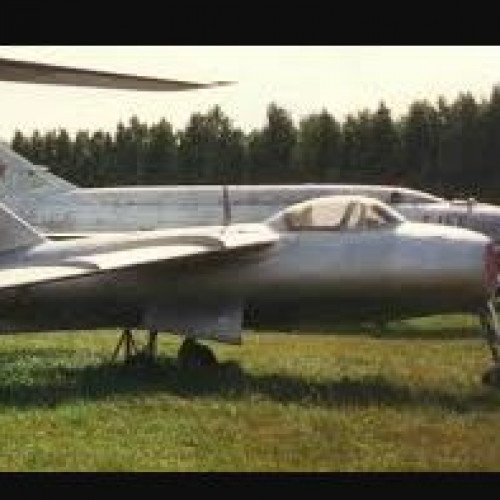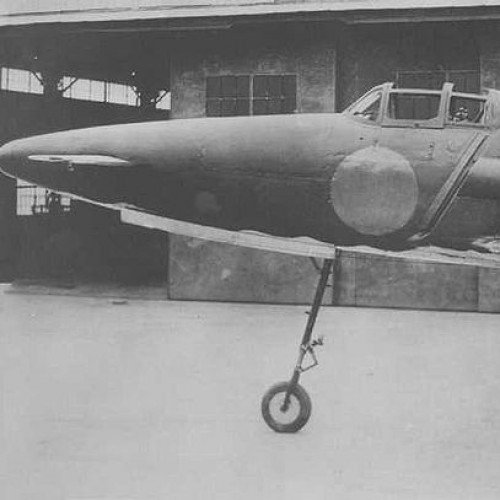Lavochkin La-152 vs Kyushu J7W Shinden

Lavochkin La-152
The Lavochkin La-152, (USAF reporting name - Type 4), and its variants, was a jet fighter prototype designed and manufactured by the Lavochkin Design Bureau (OKB) shortly after the end of World War II. Derived from the Lavochkin La-150, the 152 used several different engines, but the program was canceled as other fighters with more powerful engines and swept wings showed more promise.
Statistics for this Xoptio

Kyushu J7W Shinden
The Kyūshū J7W Shinden (震電, "Magnificent Lightning") was a World War II Japanese propeller-driven prototype fighter with wings at the rear of the fuselage, a nose-mounted canard, and pusher engine. Developed by the Imperial Japanese Navy (IJN) as a short-range, land-based interceptor, the J7W was a response to Boeing B-29 Superfortress raids on the Japanese home islands. For interception missions, the J7W was to be armed with four forward-firing 30 mm cannons in the nose. The Shinden was expected to be a highly maneuverable interceptor, but only two prototypes were finished before the end of war. A jet engine–powered version was considered, but never even reached the drawing board.